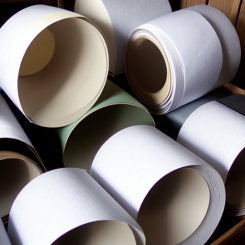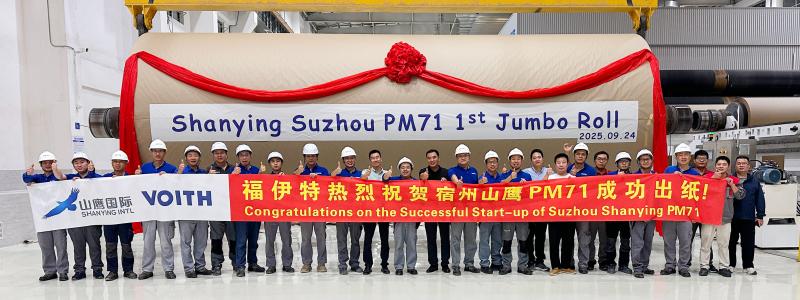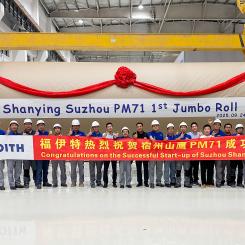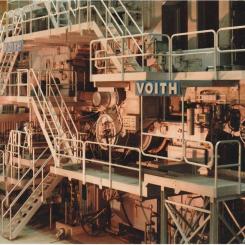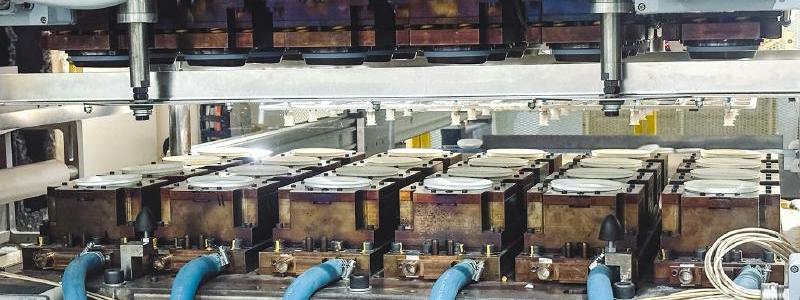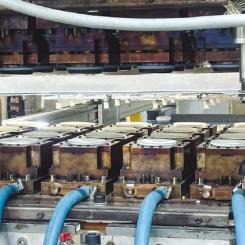According to the latest edition of the Paper Contract with China (PCwC) report, published by the company Asia Pulp and Paper (APP), it is clear that the paper industry's contribution to China’s GDP cannot be ignored. According to official figures, the Chinese paper industry's output in 2010 stood at nearly RMB 600 billion (USD 95 billion) in value. This was a rise of over 25% compared to the previous year, demonstrating how the paper industry has become one of the key components of the Chinese national economy. As an indispensable part of the national economy, the paper industry also acts as an economic stimulant for a number of upstream and downstream industries, as well as for local economies. Being at the core of an extensive industrial supply chain, it has a profound impact on related industries such as forestry, agriculture, environmental protection, printing and publishing, chemicals, machinery manufacturing, industrial automation and transport.
The paper industry’s robust growth and the organic integration of the plantation-pulp-paper business segments have created job opportunities on multiple levels, which encourages positive social development. To illustrate this, Mr. Xu Weidong, former Secretary-General of the Forest & Paper Branch of the China Forestry Industry Association, notes that an average 700-kilotonne-wood pulp line requires supply from a plantation of 3 million mu (200,000 hectares). At the rate of an average of 110 workers a year per 10,000 mu (666.7 hectares), a total of 33,000 workers are necessary to maintain normal operations. Around another 10,000 workers will be needed to operate production. The production line will therefore directly create about 43,000 jobs in total.
Nevertheless, the industry has been plagued by environmental problems, traditionally caused by the widespread use of outdated technology and a lack of environmental awareness. However, as revealed by this issue’s Paper Contract with China report, today’s paper industry has undertaken a complete transformation. Amidst technological advances, as well as rising of national standards and increased awareness of corporate responsibility, China’s modern paper enterprises are taking active measures to modernize the industry by employing renewable resources within a cleaner production process.
This trend is echoed in China’s 12th FYP, which identifies the future development of China’s paper industry as a technology-intensive, energy-saving and environmentally friendly sector. During the 12th FYP, China’s paper industry will step up its sustainable operations to enhance its global competitiveness, while retaining its resource and energy use to provide its customers the highest quality paper products, and thus make increasingly significant contributions to the national economy.














